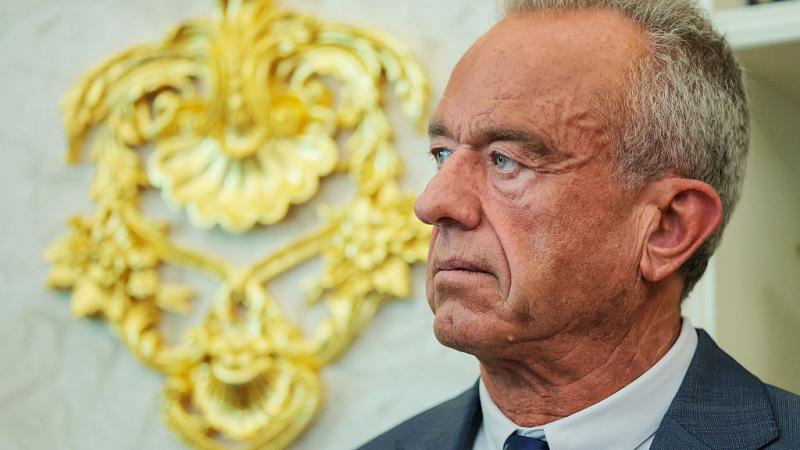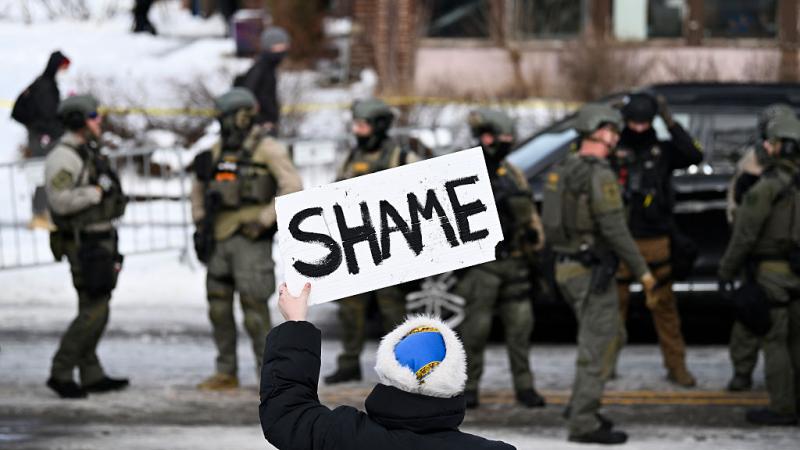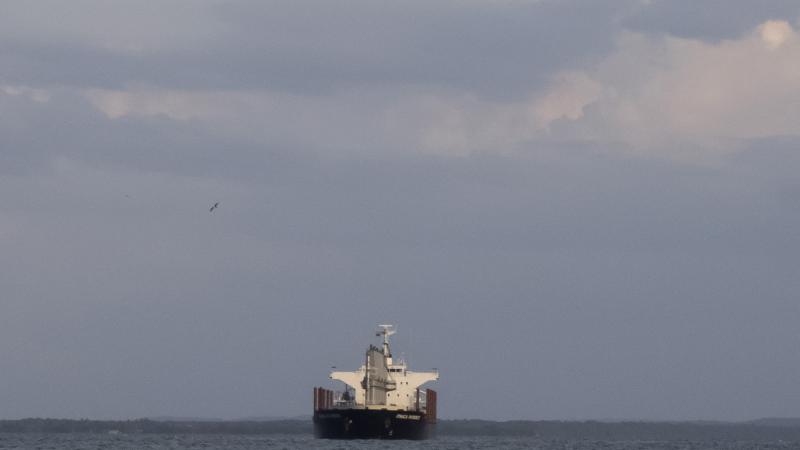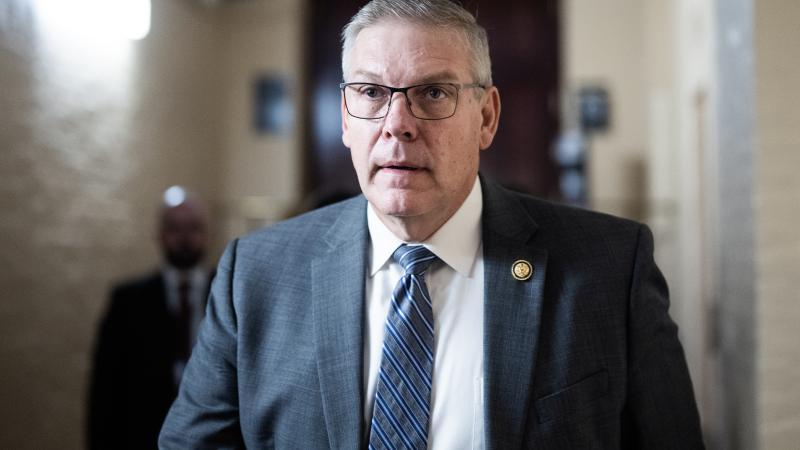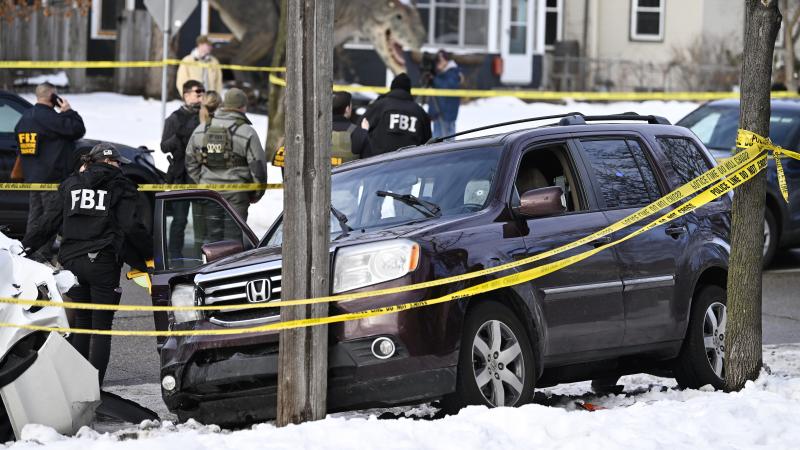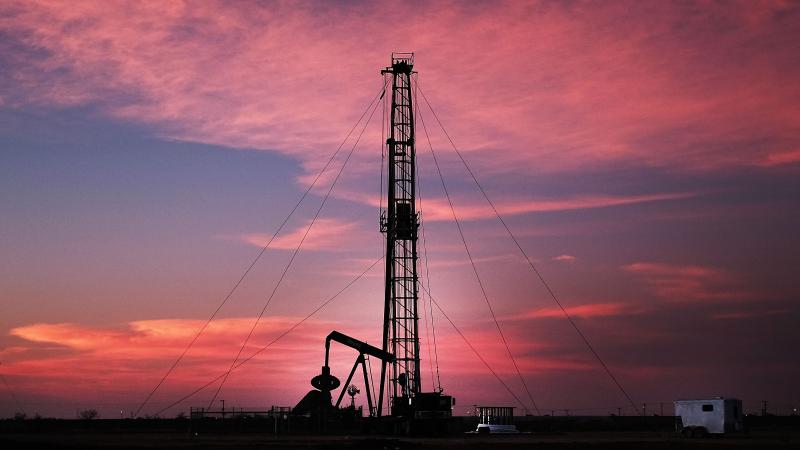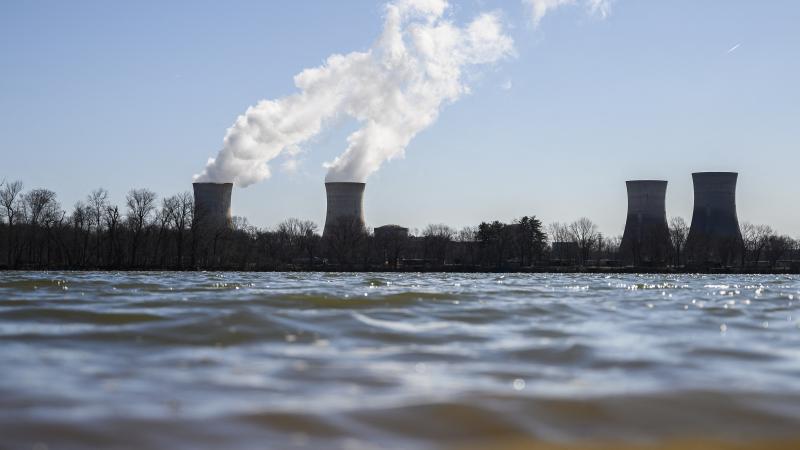Big chunk of the first taxpayer coronavirus aid could be spent overseas
As much as $1 in every $4 from the first $8.3 billion aid package approved by Congress could be spent overseas or on foreign affairs.
As Congress crafts a third taxpayer-funded coronavirus aid package totaling more than $1 trillion, it’s a good question to ask where some of our first monies were approved to be spent in this pandemic.
The short answer is … a good bit may end up overseas.
The title of the first legislation was the Coronavirus Preparedness and Response Supplemental Appropriations Act of 2020. President Trump signed it into law on March 6 after a bipartisan vote of Congress. The law appropriated $8.3 billion in initial response monies.
To put that into perspective, the first COVID-19 legislation exceeds the $1.1 billion appropriated for Zika in 2016, the $5.4 billion for Ebola in 2014, and the $7 billion for swine flu in 2009.
As much as $2.3 billion of the first $8.3 billion in funding falls into the categories of foreign aid, foreign affairs or overseas disease surveillance. Here’s how some of that breaks down:
- $435 million for the U.S. Agency for International Development’s Global Health Programs.
- $300 million for “international disaster assistance.”
- $300 million for global disease detection and emergency response under the Centers for Disease Control
- $200 million more goes to the State Department Foreign Operations Emergency Reserve Fund ·
- $264 million for State Department Foreign Affairs for diplomatic response and evacuation over the next two and a half years.
- $836 million for the U.S. or global response under the National Institutes of Health.
Here are some other major categories where the monies can be spent under the law:
- $20 million for “salaries and expenses” under the federal Disaster Loans Program ·
- $60 million for “salaries and expenses” under FDA.
- $2.2 billion in emergency money for the CDC, on top of its $7 billion dollar annual budget.
- $950 million for state and local governments.
- $100 million for local health centers through the Department of Health and Human Services (HHS).
- $3.1 billion for the HHS Public Health and Social Services Emergency Fund for four years.
- $300 million for vaccines and medicine, including money to pharmaceutical companies that will own and sell any new products developed.
- $300 million for CDC’s Infectious Disease Rapid Response Reserve Fund.
- $250 million for an “Economic Support Fund.”
How will Uncle Sam track all these monies to ensure they are well spent? The emergency response bill includes about $3 million to conduct oversight of the programs funded.
Rep. Henry Cuellar, D-Texas, told Just The New that there needs to be good follow-up on all of the spending. He says he plans to help make sure that happens. “There has to be oversight on this,” Cuellar said.

